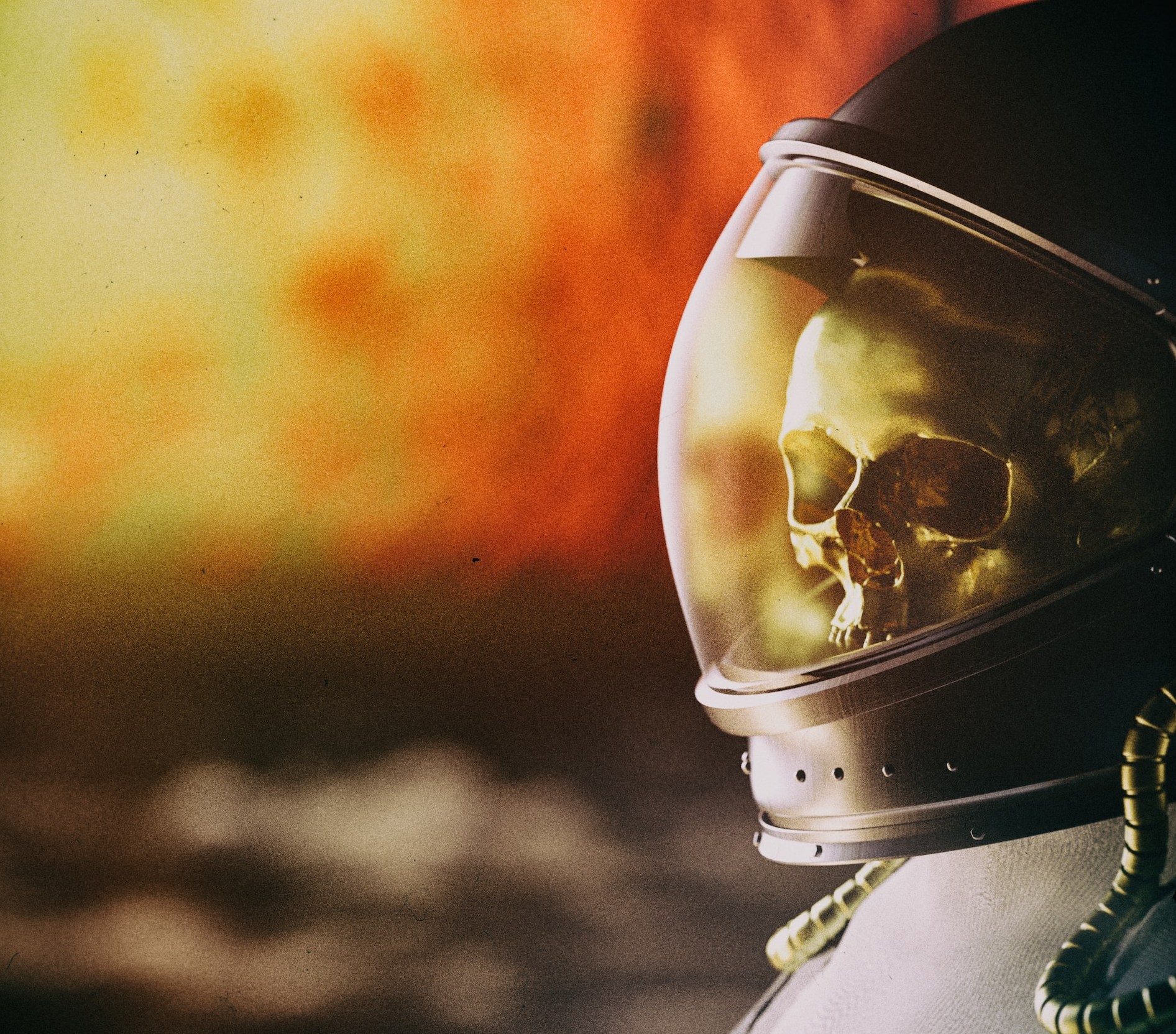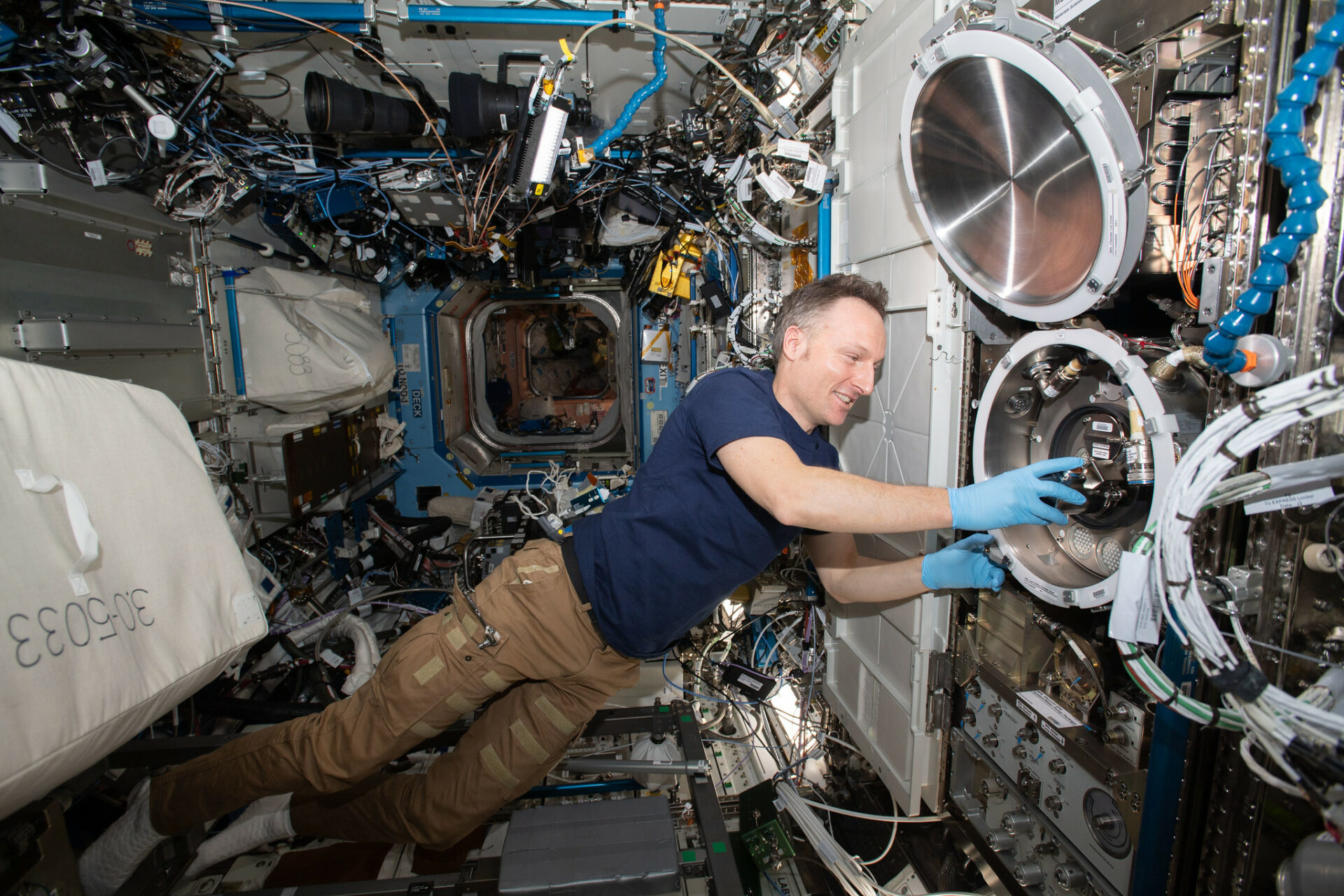When astronauts work on the International Space Station (ISS) and make important discoveries, it’s as if they are immersed in an unusual cosmic world where every atom and molecule of their environment can have a huge impact on their health. And now, a new scientific study has found that the air on the ISS contains a special and dangerous mixture of dust and chemicals.

Scientists from NASA’s Glenn Research Center and the University of Birmingham UK have come to the conclusion that the dust on the ISS, first of all, is different from the one we can find in our homes. This dust contains many special substances, including microplastics and compounds, which are usually found in flame retardant materials and building insulation.
“Eternal chemicals” in the air
The researchers analyzed special ISS air filters to determine which substances remain in the air after circulation. They found chemical compounds such as polybrominated diphenyl ethers (PBDEs), organophosphate esters (OPEs) and perfluoroalkyl substances (PFASs). Some of these compounds are known as “eternal chemicals” and have previously been recognized as potentially toxic in high concentrations.

One of the co-authors of the study, Professor Stuart Harrad, notes that these results are important for future space projects, where it is possible to provide a clean environment by choosing the appropriate materials at the design and construction stage. He notes that the concentration of pollutants in the environment of the space station requires attention and further research.
Hidden dangers
It should be noted that although we also breathe polluted air on Earth, this problem takes on a special character on the ISS due to the high concentration of pollutants and air filtration features. However, another threat that is being investigated is the effect of ionizing radiation on the materials from which the components of the ISS are made. It can contribute to the aging of materials and the decomposition of plastic particles into micro- and nanoplastics, which can affect the air quality in the station.
The researchers hope that their discoveries will contribute to the development of future space stations and help use the right materials to provide astronauts with safe and clean air to breathe aboard the ISS.
Earlier we talked about what “oxygen candles” were and why astronauts needed themhttps://universemagazine.com/en/what-are-oxygen-candles-and-why-do-astronauts-need-them/.
According to pubs.acs.org
Follow us on Twitter to get the most interesting space news in time
https://twitter.com/ust_magazine
